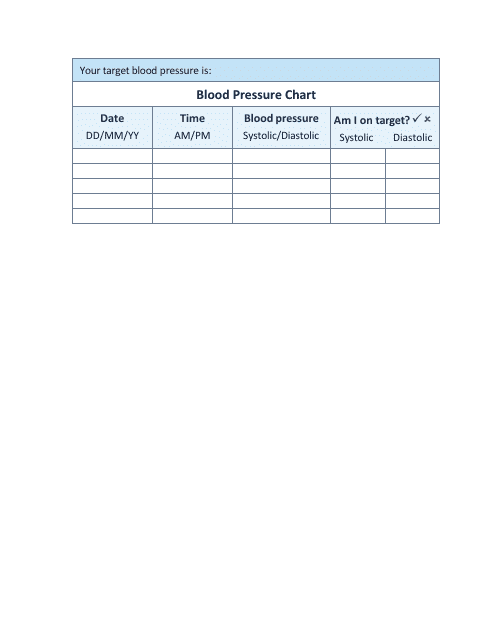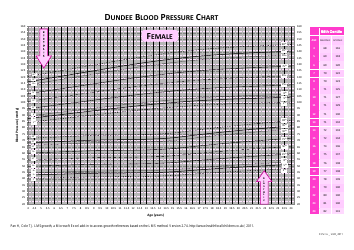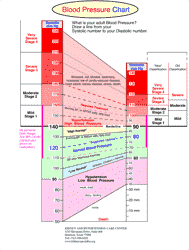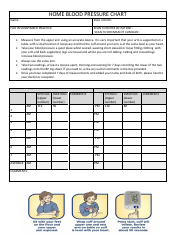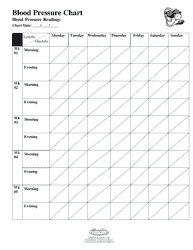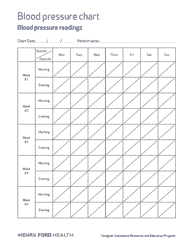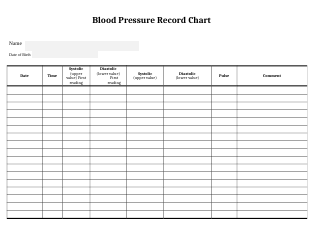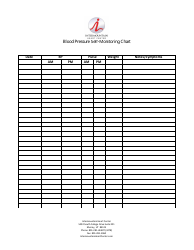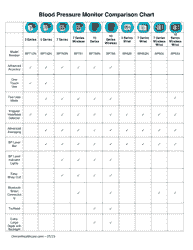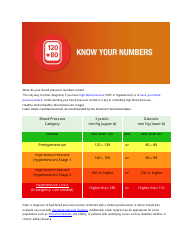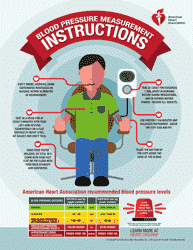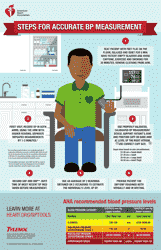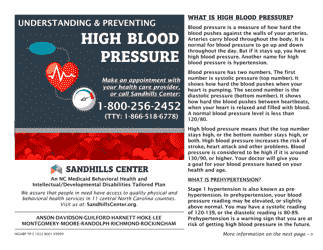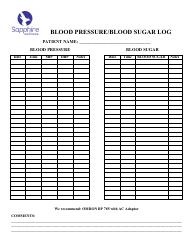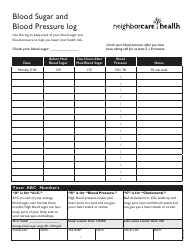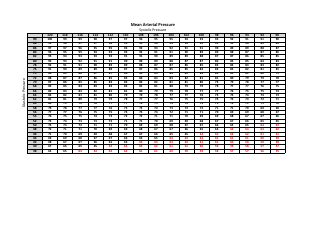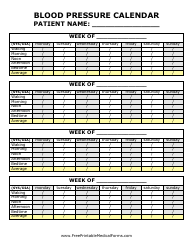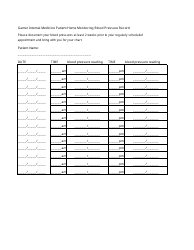Blood Pressure Chart - Blue
A Blood Pressure Chart - Blue is a visual tool that is usually color-coded to provide a clear, quick reference or guide that indicates normal, borderline, and high blood pressure ranges. The term "blue" might refer to the design or color coding of the chart. These charts are beneficial for individuals to monitor their own blood pressure at home, and can help medical professionals quickly identify abnormal blood pressure ranges during a consultation. It's generally a part of health and wellness resources, often used in both personal and professional healthcare settings.
The Blood Pressure Chart - Blue could be filed by patients tracking their own blood pressure readings at home or by medical professionals such as nurses and doctors monitoring a patient's blood pressure during office visits or hospital stays. This isn't specific to a particular country or exclusive to USA, Canada, India, or Australia. It's a generalized healthcare practice followed worldwide.
FAQ
Q: What does a Blood Pressure Chart indicate?
A: A blood pressure chart shows the range of systolic and diastolic pressure readings that are considered healthy, pre-hypertension, stage 1 hypertension, or stage 2 hypertension.
Q: What is normal blood pressure according to the chart?
A: Normal blood pressure is generally 120/80 mmHg. The top number, systolic, measures the pressure when the heart beats. The bottom number, diastolic, measures the pressure when the heart rests between beats.
Q: What does blue color on a Blood Pressure Chart mean?
A: Colors on a blood pressure chart are usually indicative of various stages of blood pressure. If the chart is using colors globally accepted, blue would likely represent normal or optimal blood pressures.
Q: How often should I check my blood pressure?
A: It's recommended to regularly check your blood pressure if you're over the age of 40 or if you have a family history of high blood pressure. It's also recommended to check if you suffer from conditions like diabetes, heart disease etc.
Q: What is considered dangerously high blood pressure?
A: A blood pressure reading of 180/120 mmHg or higher is dangerous and requires immediate medical attention.
Q: What factors can influence my blood pressure reading?
A: Factors such as stress, caffeine, certain medications, and physical activity can all influence your blood pressure reading.
Q: What are the ways to maintain normal blood pressure?
A: Maintaining a healthy diet, regular exercise, monitoring alcohol intake, reducing salt in your diet, and avoiding smoking can help maintain normal blood pressure.
